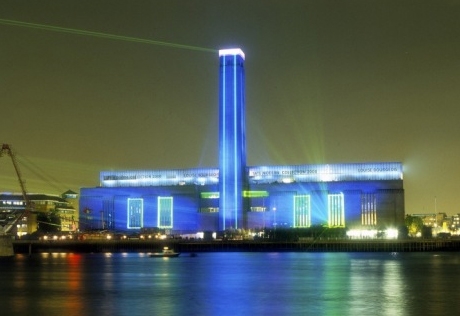Nicholas Serota, who has appeared in the top ten of every list since the Power 100’s 2002 launch, was ranked number 1 this year on account of the way in which Tate has, since the launch of Tate Modern, consistently deployed an international – rather than a national – perspective on art production. Tate has come to epitomise almost all the elements of the current ‘global’ artworld, where the distribution of art is arguably now more important than its production. Tate Modern remains the most visited modern and contemporary museum in the world and the organisation has partnerships from Seoul and Sydney to Berlin and Oman. As it performs the traditional museum role of validating artists through its shows, Tate also provides the same service for collectors, who are invited to join its various boards and committees. Tate also advises on or programmes content for similar institutions worldwide.
This year’s list, compiled by a 26-member international jury, is also marked by an increasingly porous boundary between the public and private sectors of the artworld, with the public sector attempting to acquire the business sense of the private, and the private sector attempting to recreate the business-neutral atmosphere of the public. Alongside this, the list reflects the continuing internationalisation of contemporary art, via the presence of an increasingly diverse collection of curators hailing from Sweden to Brazil, Korea to Cameroon.
Demonstrating that the old can sometimes be the new new, American painter Christopher Wool (no 55) is one of the highest new entries on the list as a result of the influence the 59-year-old exerts on a younger generation of artists who are currently fuelling the auction fires. And for the first time since 2005 art advisers, in the form of Allan Schwartzman and Amy Cappellazzo (joint no 70), make an appearance in the power ranks – testimony perhaps to the fact that no single person can be everywhere, seeing everything that the artworld has to offer, all of the time.
Accompanying the thirteenth annual ranking of the contemporary art world’s most influential players, the print version of which is contained in the November issue, on newsstands from today, is an interview with veteran arts journalist Calvin Tomkins on his friend Marcel Duchamp, arguably the founder of the artworld we have today; overviews of the Chinese, Indian and Middle Eastern art scenes that question how Westernised they need to be; a wistful speculation on what a Power 100 that factored in morality as a criterion might look like and an essay on the blurred distinction between public and private art institutions. The list also features photo portfolios of members of this year’s Power 100 reading their favourite books or magazines.
